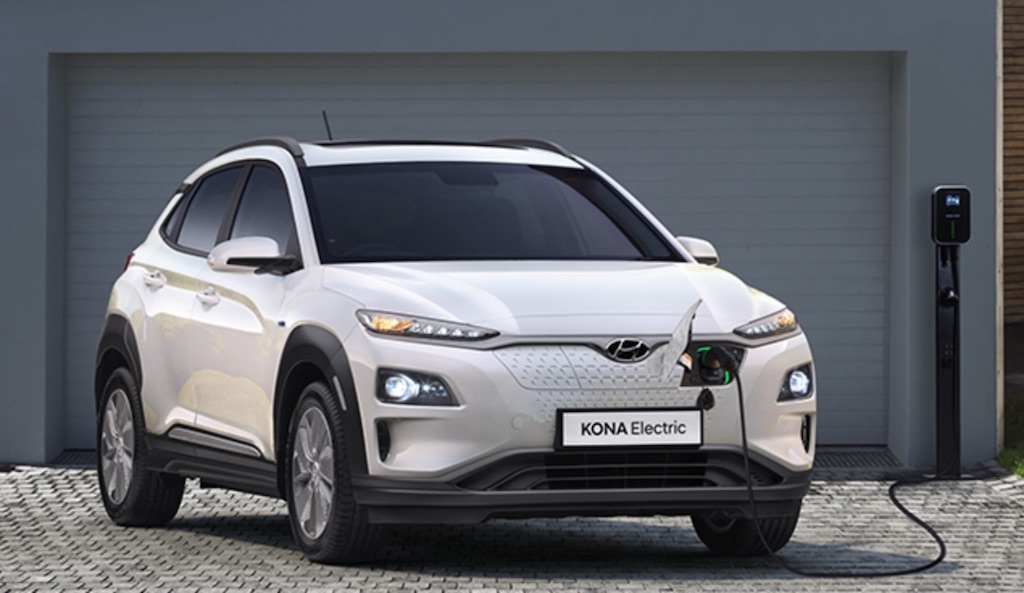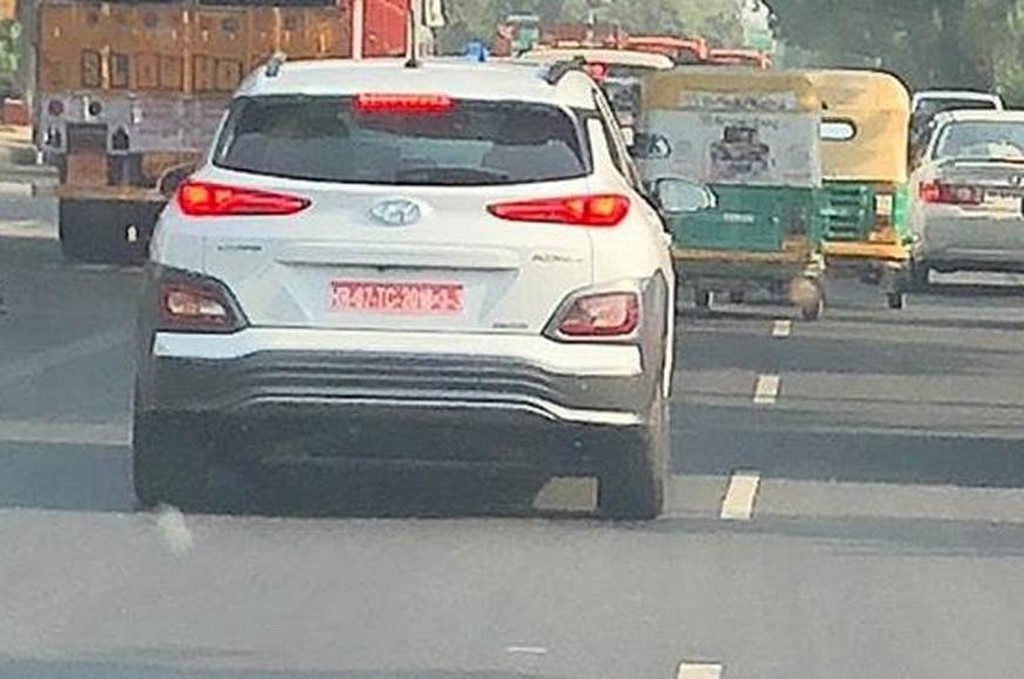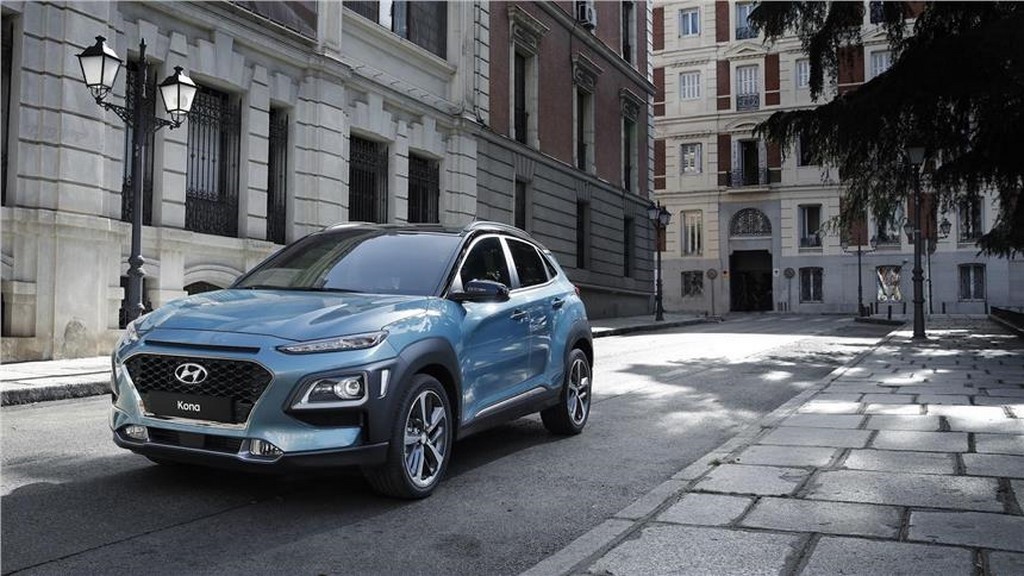The Kona is very refined and smooth to drive
Performance – An electric car is just like your mobile phone. You charge it, use it and when the battery is drained you need to charge it again. The India-spec Kona is powered by a 39.2 kWh motor which delivers 136 PS of power and 395 Nm of torque. The beauty is that this torque is available right from the word go. Acceleration is brisk and linear. Even if you suddenly floor the pedal, there is so much torque on offer that the car tends to wheelspin, which effectively means that drivability is excellent and at no point, you feel that power is lacking.
The Kona emits a engine sound to aware oncomers
The electric motor in the Kona has tons of torque and delivers rapid acceleration combined with regenerative braking
The Kona electric is awfully silent which is good if you are inside. However, to warn pedestrians that a car is approaching, Hyundai has equipped it with virtual engine sound which gives an impression of a running engine on the outside. The Kona does a 0-100 km/hr run in about 9.7 seconds, which in comparative terms is almost at par with the Volkswagen Polo GT TSI. You have 4 driving modes to play with Eco/Eco+/Comfort & Sport. The easier you are on the pedal the more range you are likely to get out of the battery, the range being the highest in the Eco+ and the lowest in the Sport mode.
The Kona can go 452 kms on a charge and supports fast charging
The battery gives an ARAI-certified range of 452 kms on a full charge. In the real world, this range is expected to be around 312 kms. There are totally 3 ways to charge the battery. An AC charger comes along with the car and can charge the car from a regular AC socket, the catch is that it will take 6 hours and 10 mins to charge the battery to full, which is too long to be practical. As an introductory offer, Hyundai is offering an additional AC charger which can charge the battery to full in 6 hours and 10 minutes. Thirdly, Hyundai will be setting up fast-charging DC chargers at Indian Oil petrol pumps and Hyundai dealerships which can charge the battery from 0-80% in 57 minutes. The car also uses regenerative braking technology to charge the battery on the go. There are paddles provided on the steering wheel which can be used for regenerative braking in 3 steps. You can decide how much kinetic energy you want to harvest, the more you do, the car will slow down by that much. In fact, in EVs the moment you get off the accelerator, the car tends to slow down immediately and this kinetic energy is used to charge the battery.
The Kona handles pretty well and has good ride quality
Driving Dynamics – The suspension is set on the stiffer side due to the additional weight of the battery and we were surprised with the way the steering is set up. Hyundai cars are not really known for handling but we can say that the Kona is the best handling Hyundai car till date. The steering weighed up well and tackling the corners on the track was very predictable. The car topped out at 160 km/hr on the track and is sorted when you talk about high-speed stability. Ride was pliant but ride parameters are hard to judge as we were driving on a well-surfaced racetrack. Braking power is excellent with Hyundai offering disc brakes on all four wheels.




